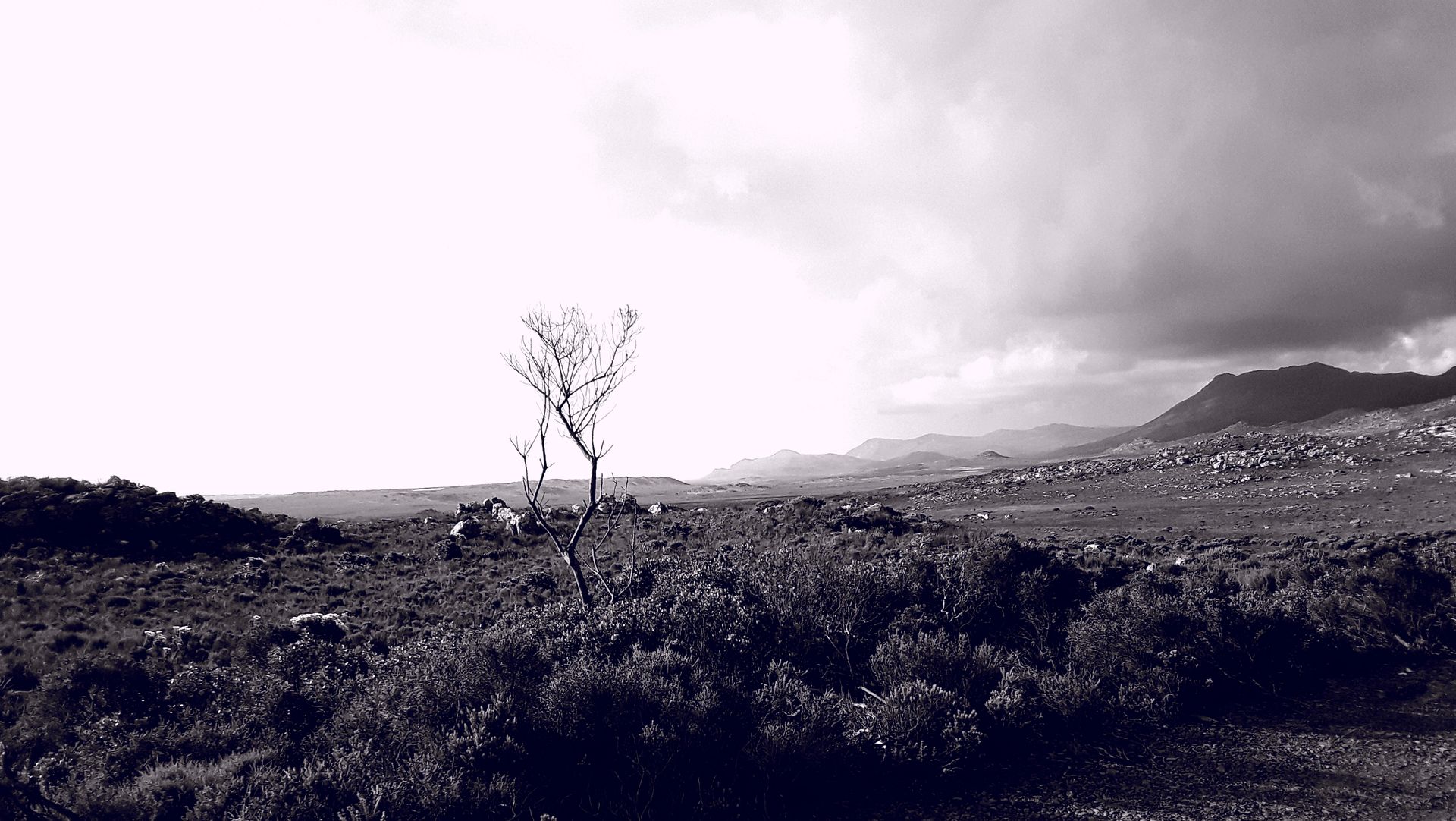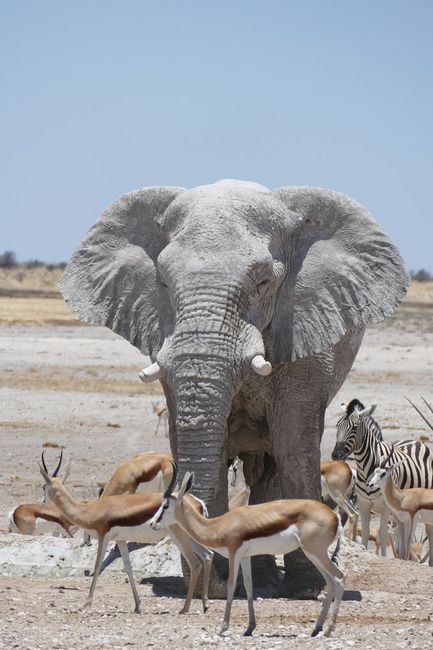
mit-dem-dubs-zu-neuen-ufern
vakantio.de/mit-dem-dubs-zu-neuen-ufern
Making progress...
Verëffentlecht: 29.03.2018
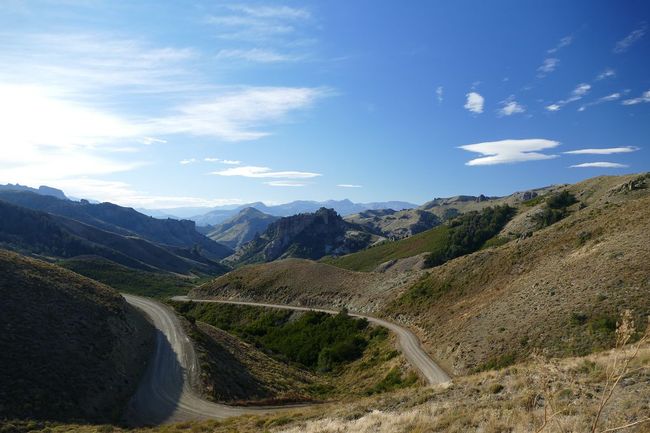
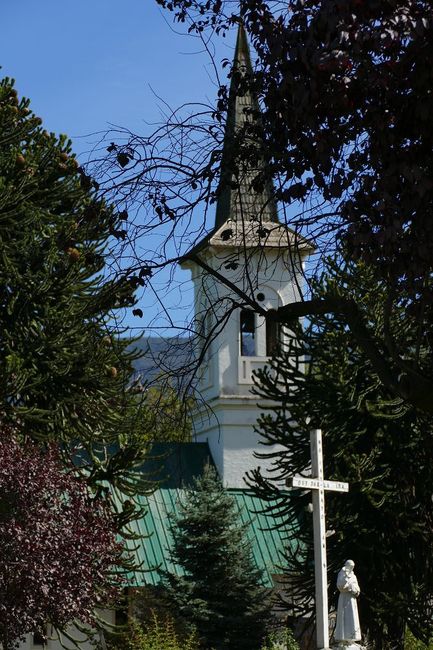
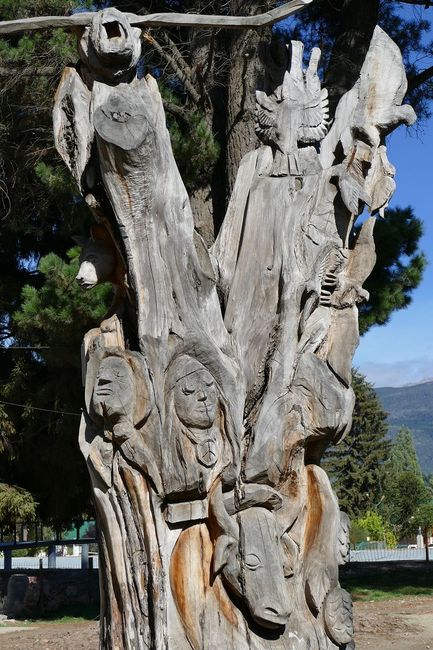
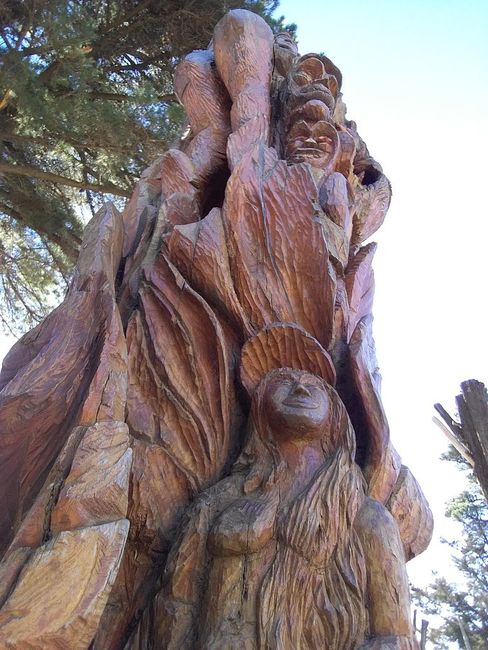
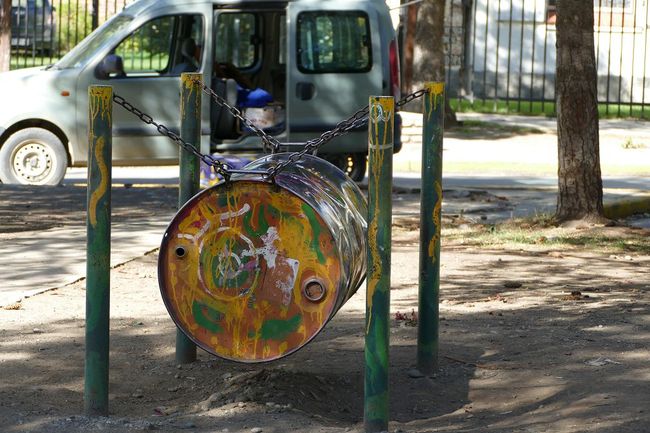
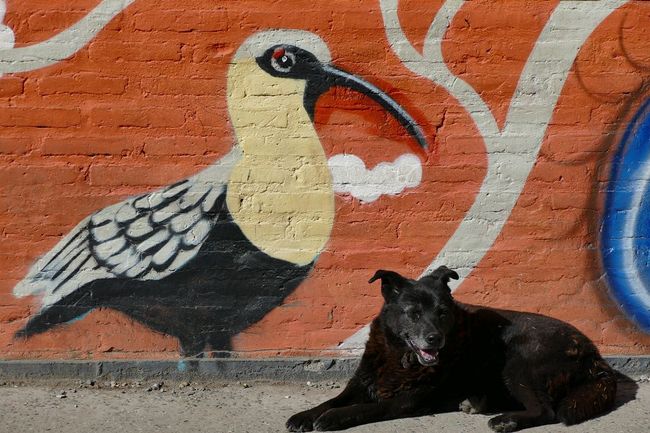
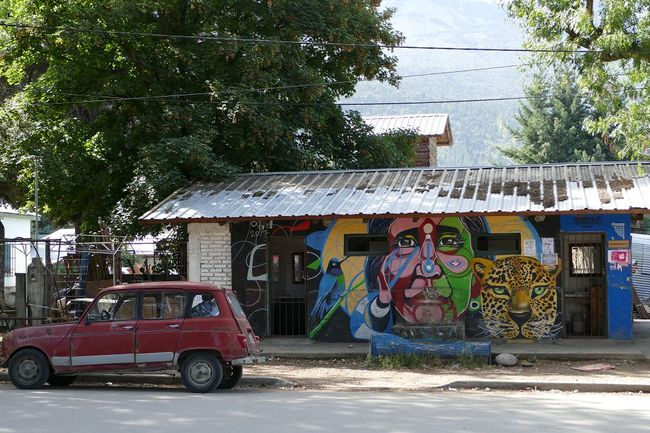
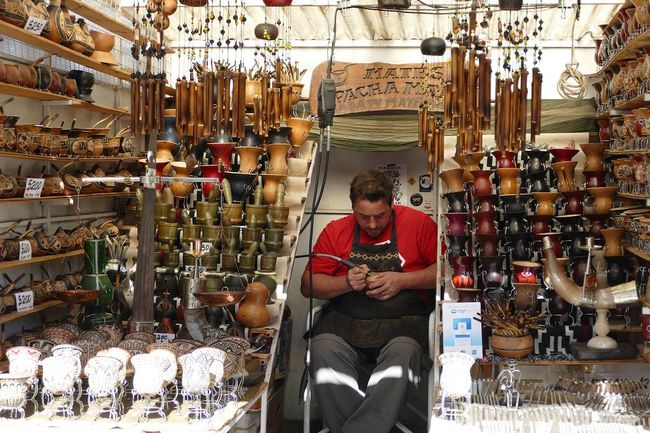
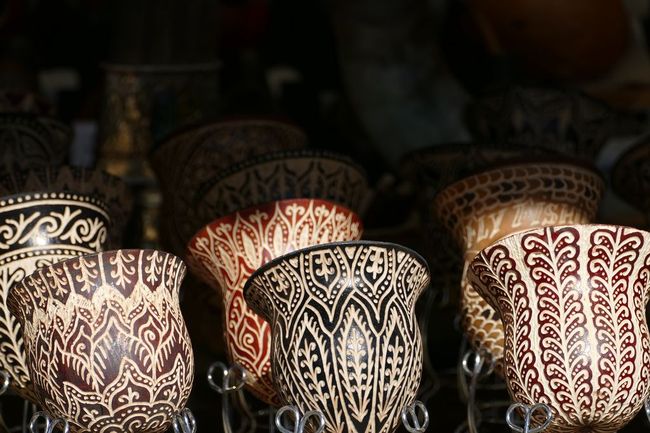
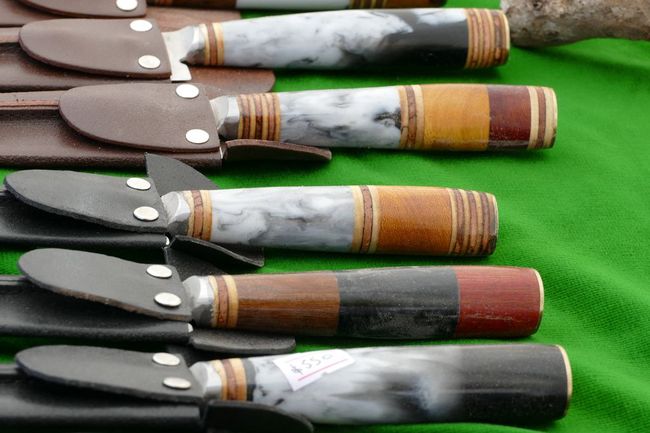
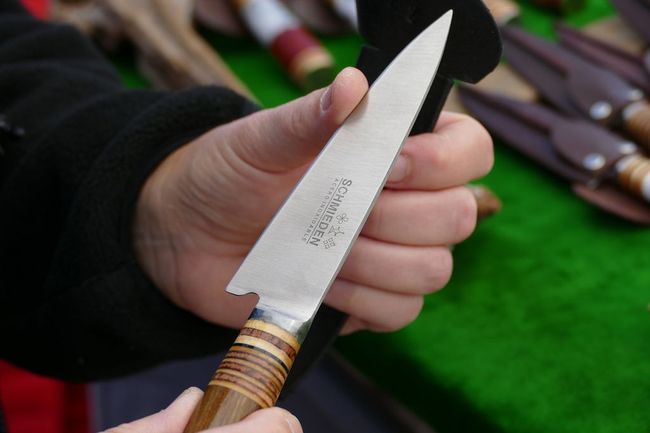
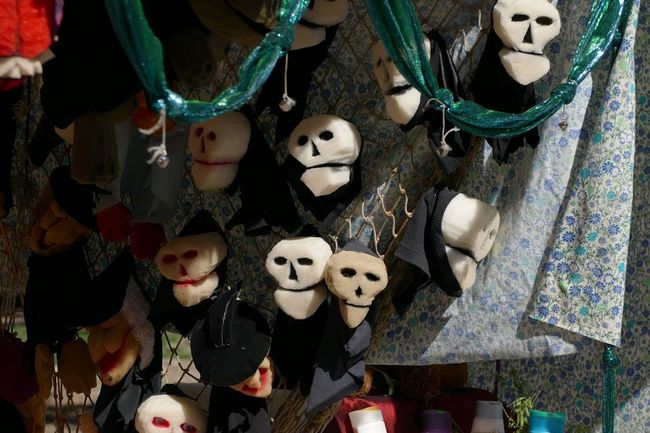
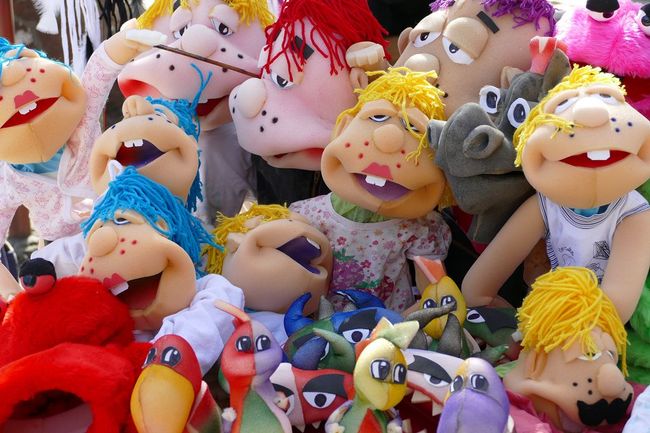
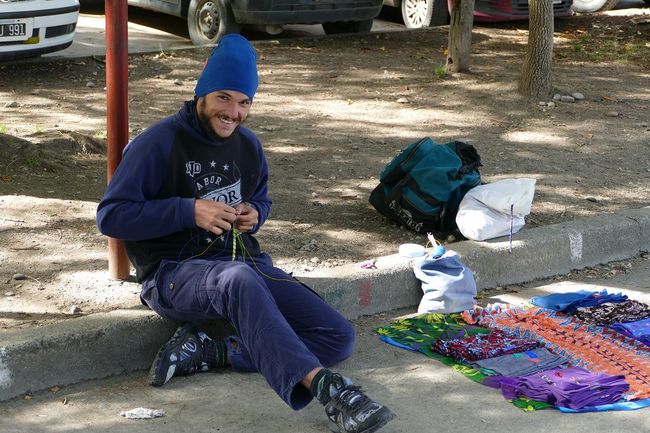
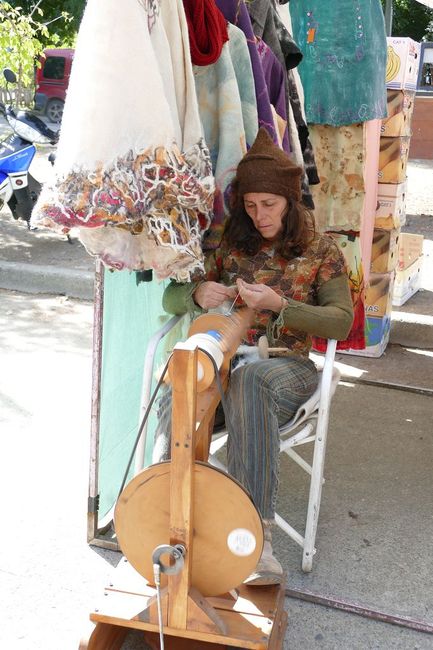
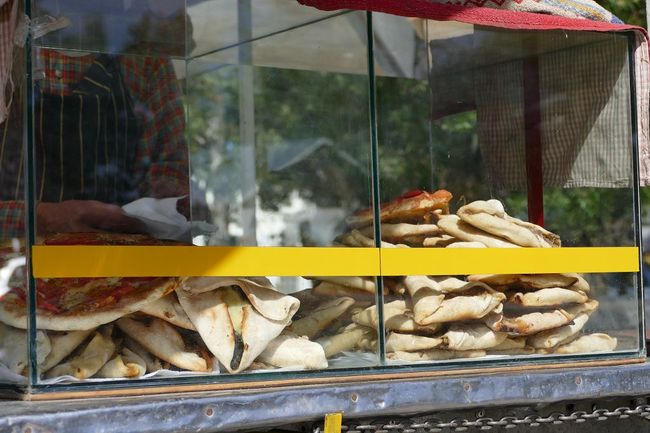
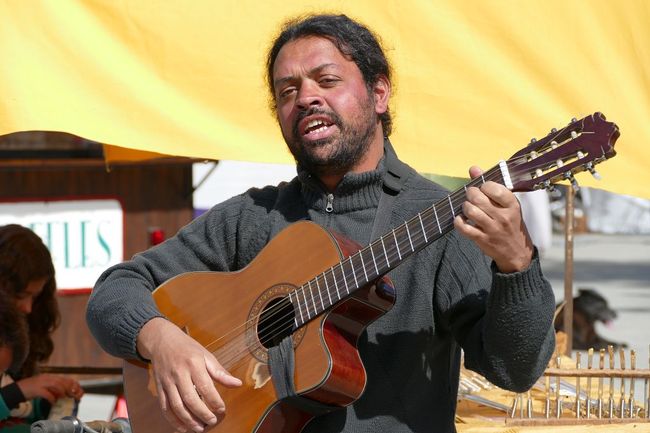
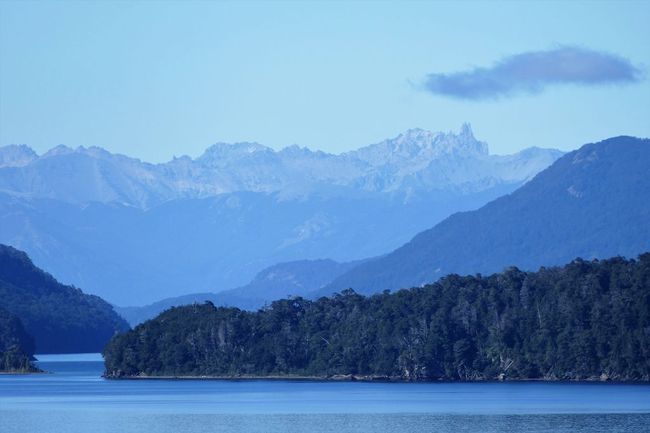
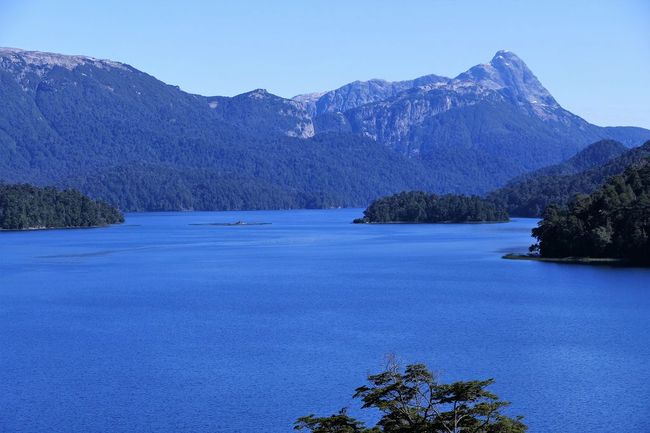
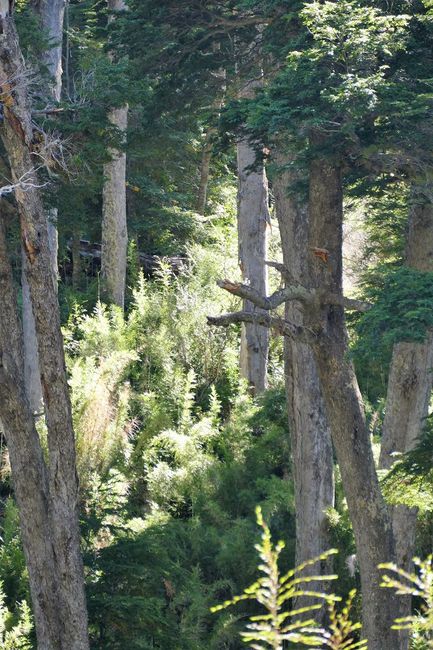
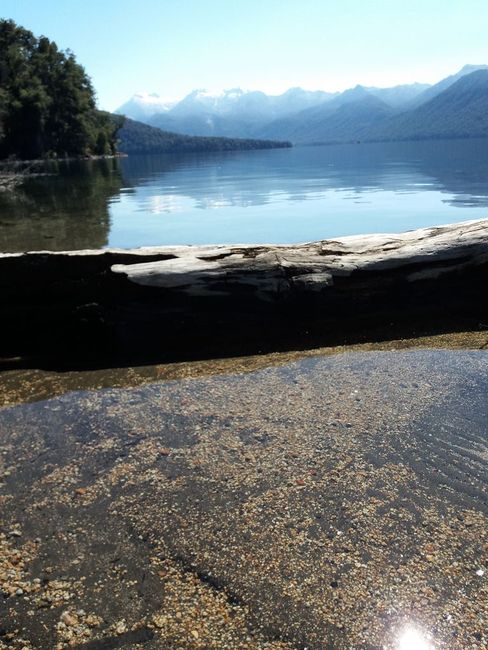
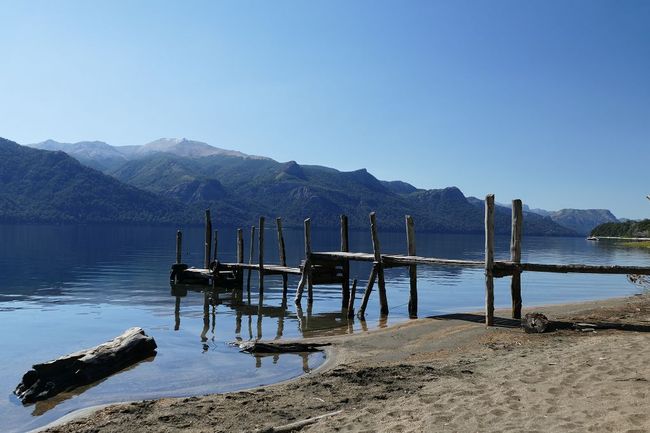
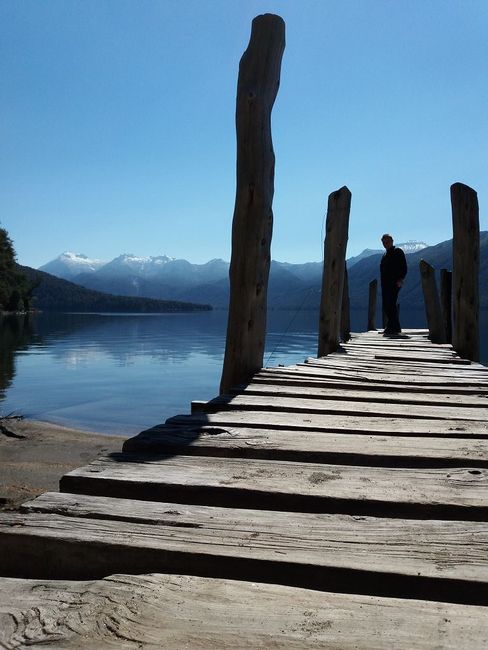
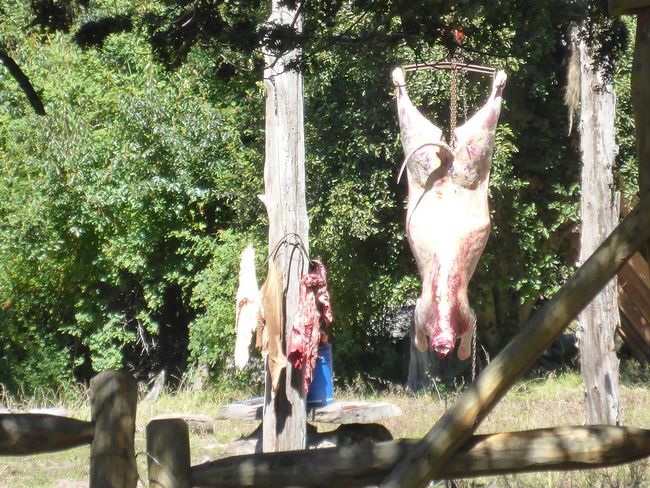
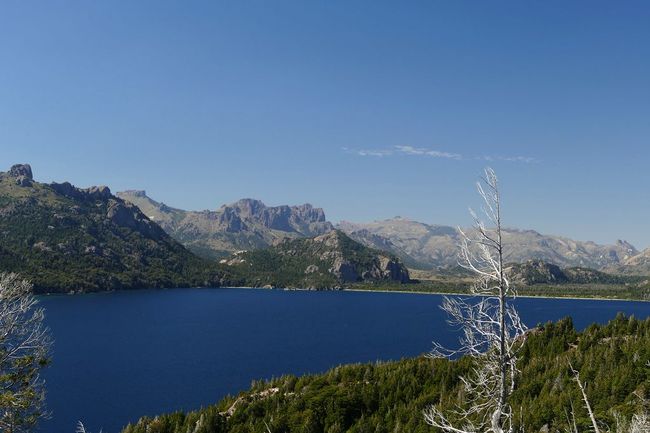
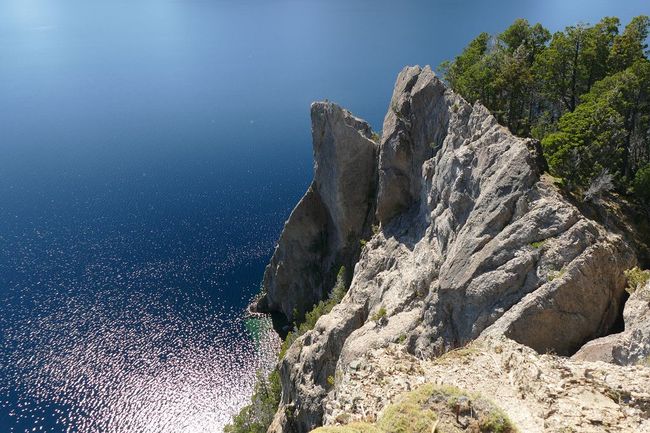
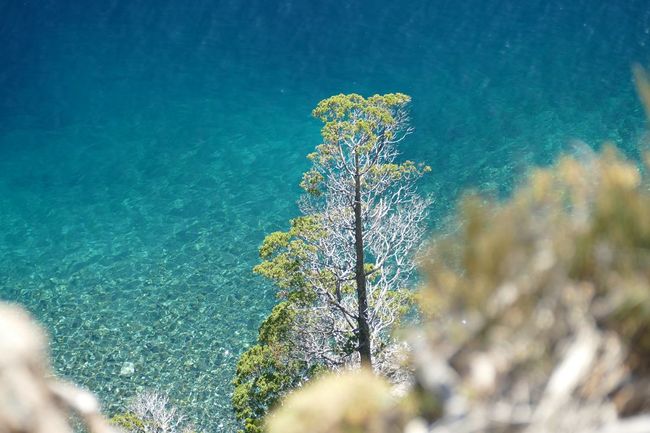
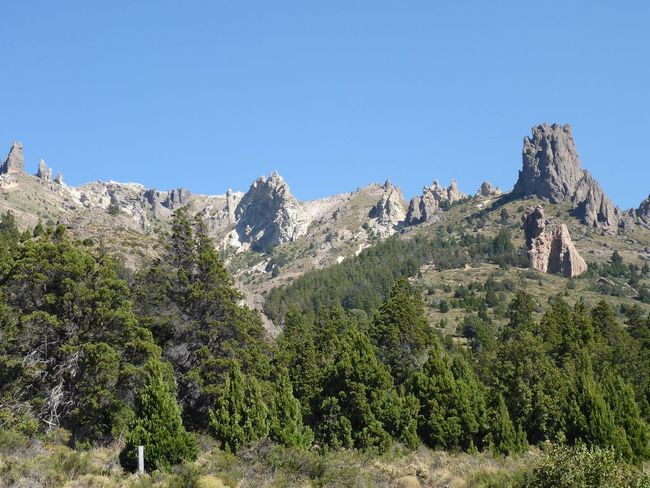
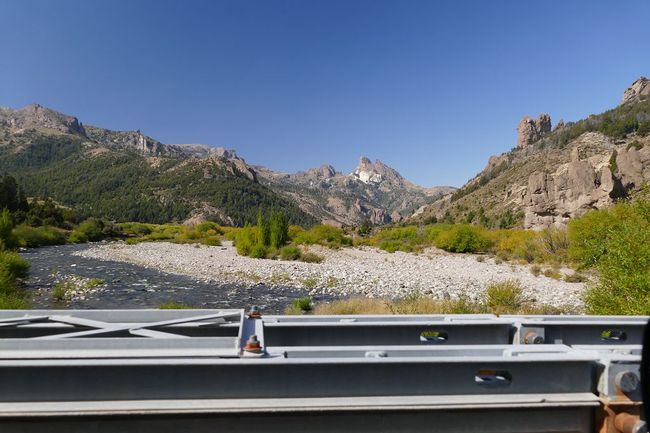
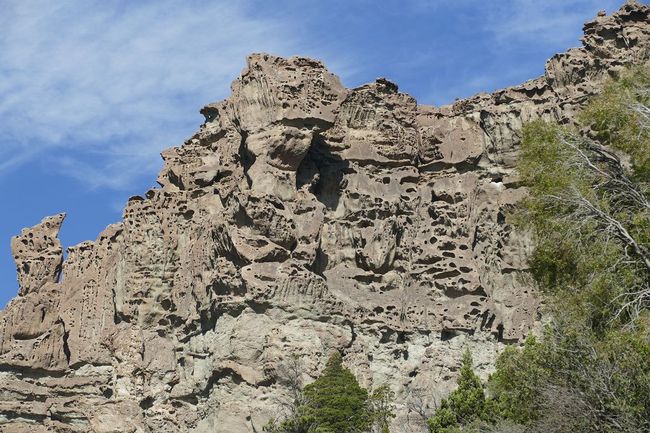
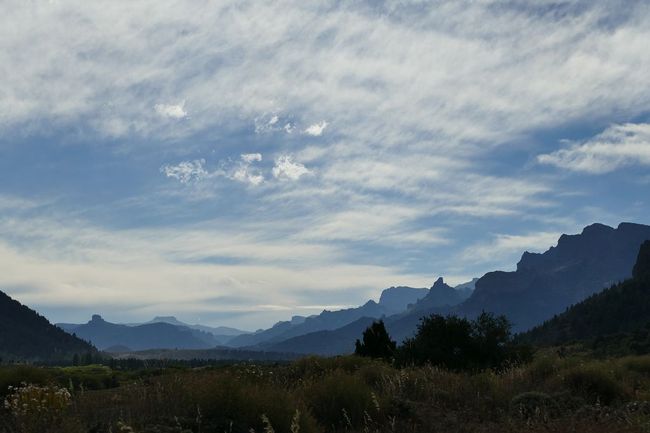
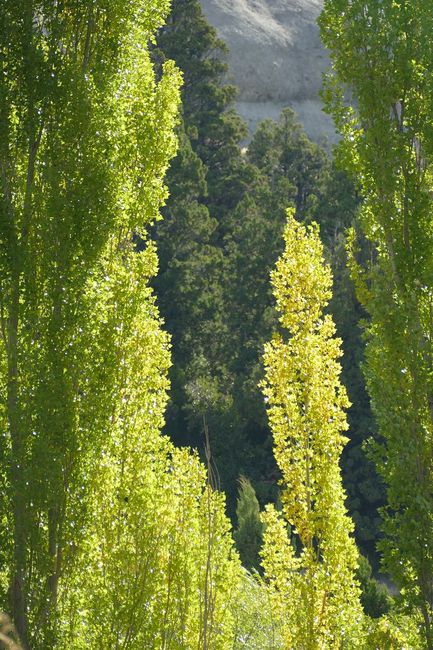
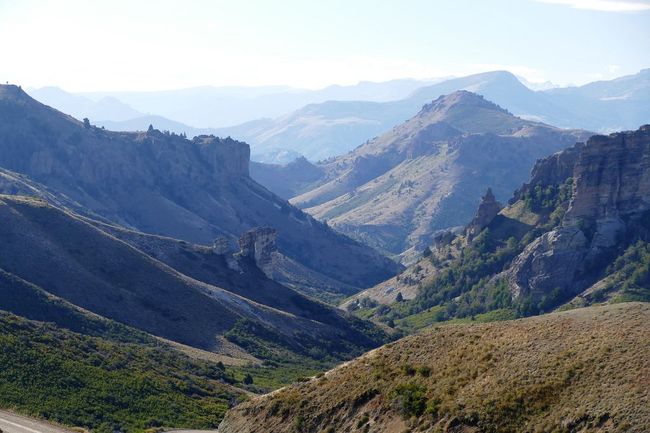
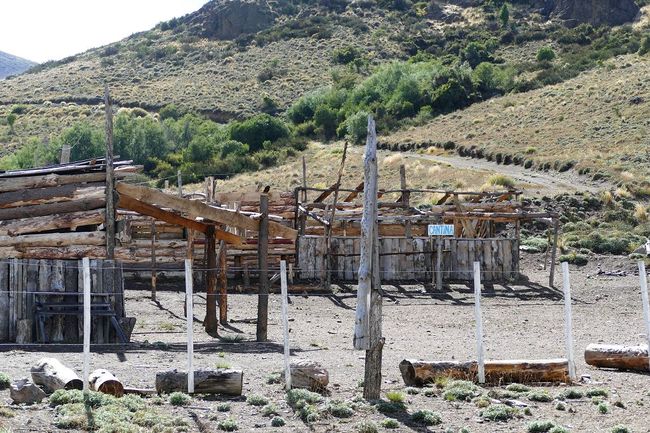
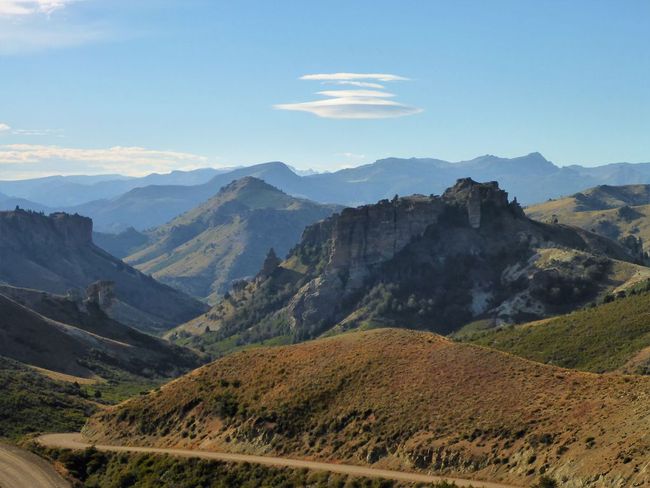
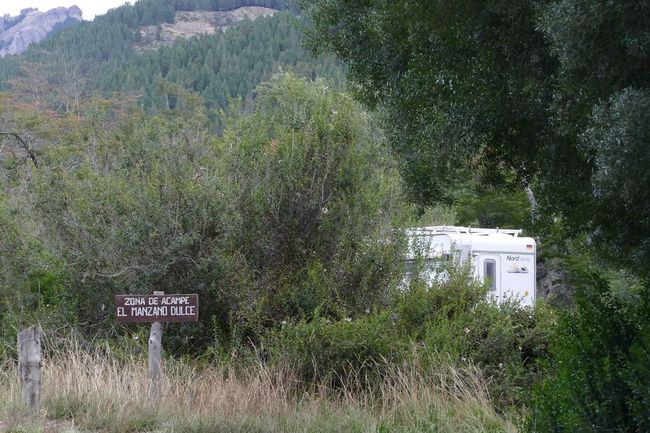
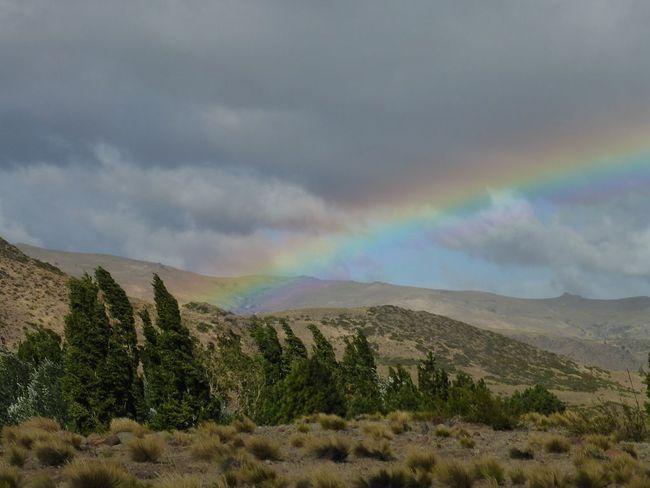
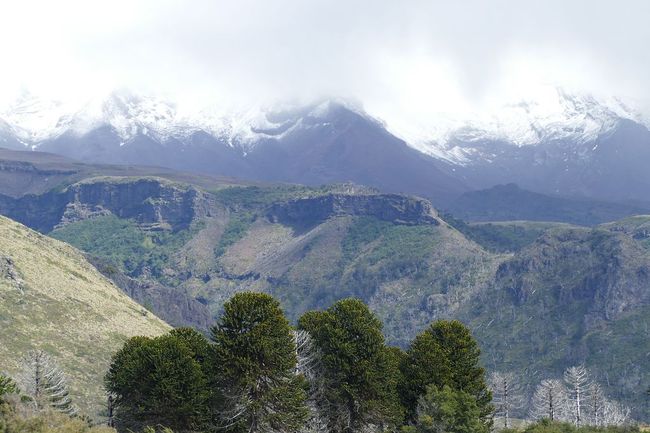
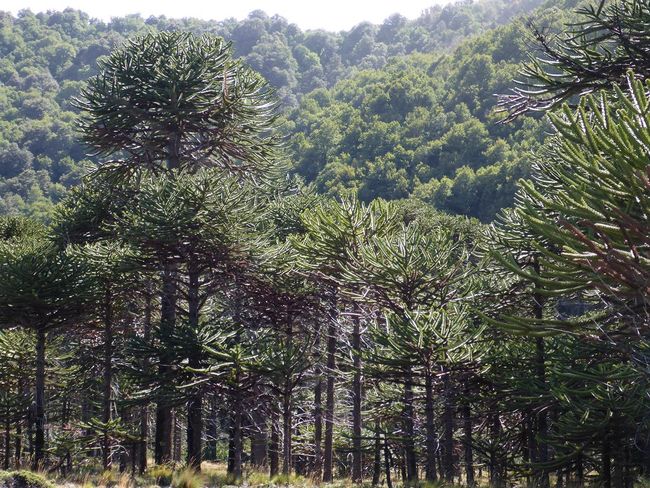
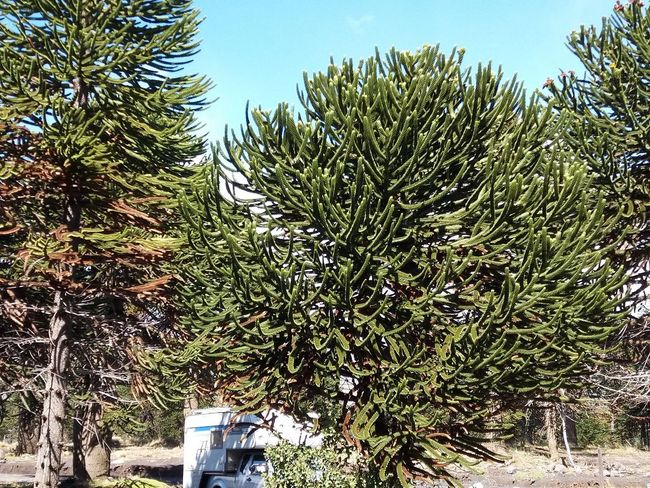
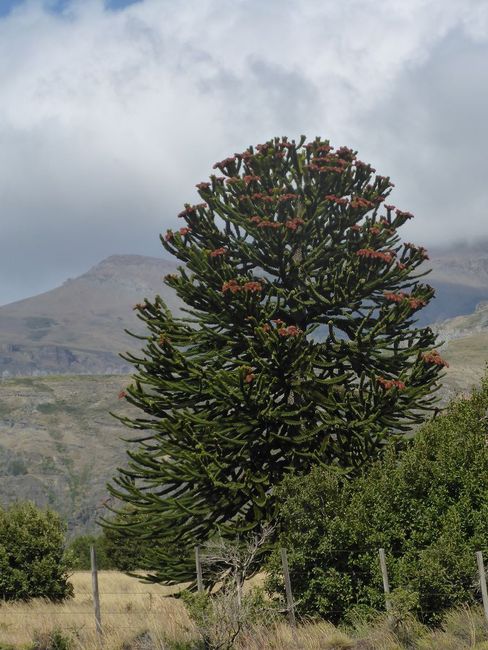
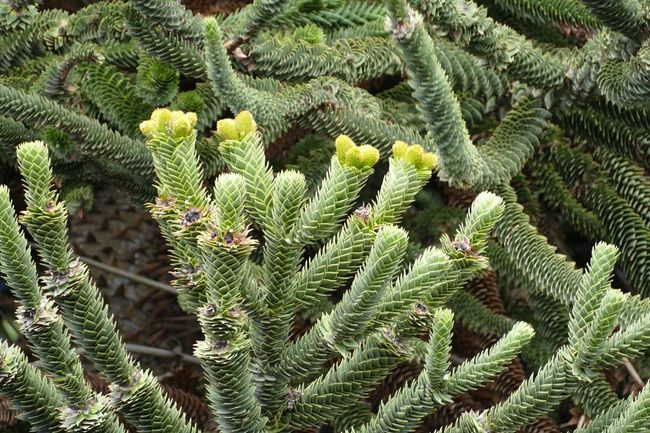
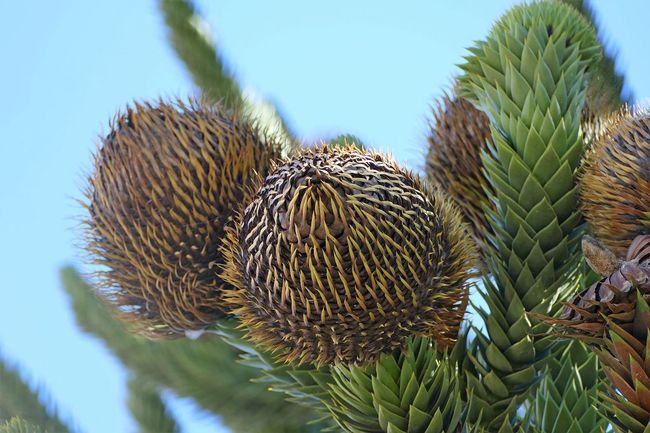
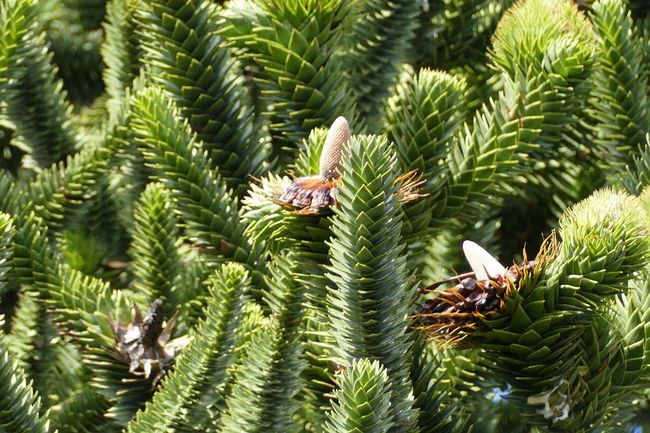
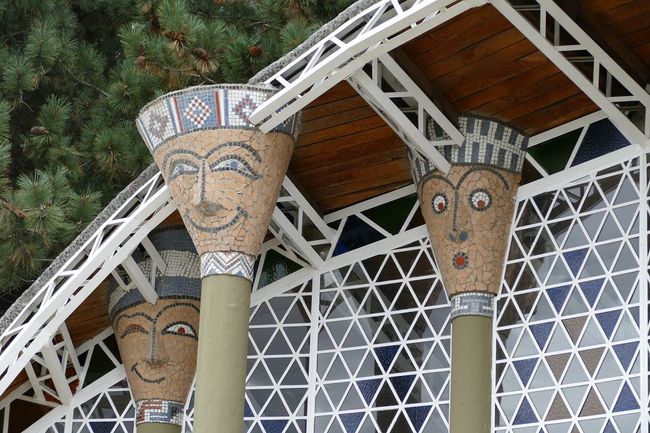
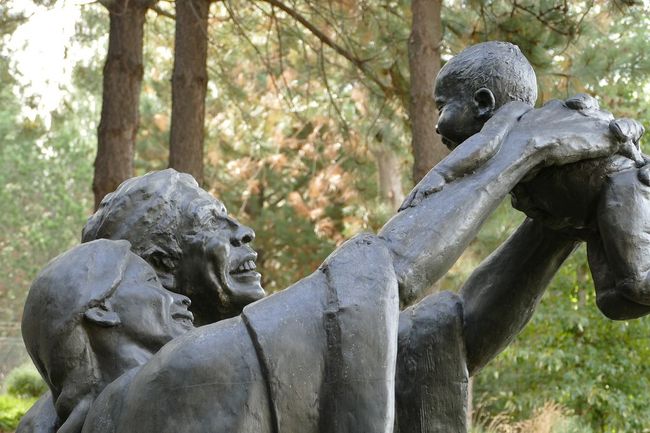
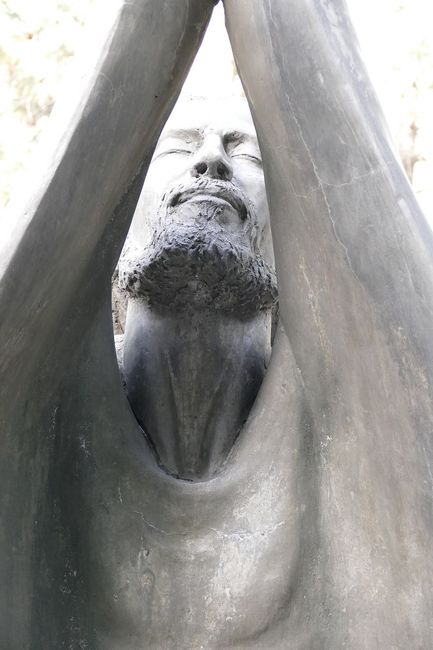
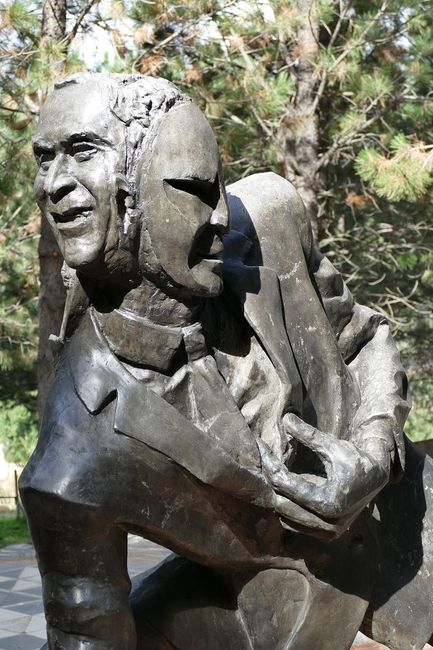
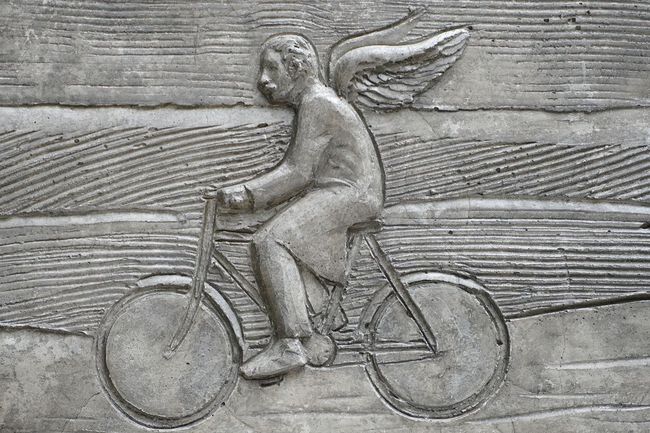
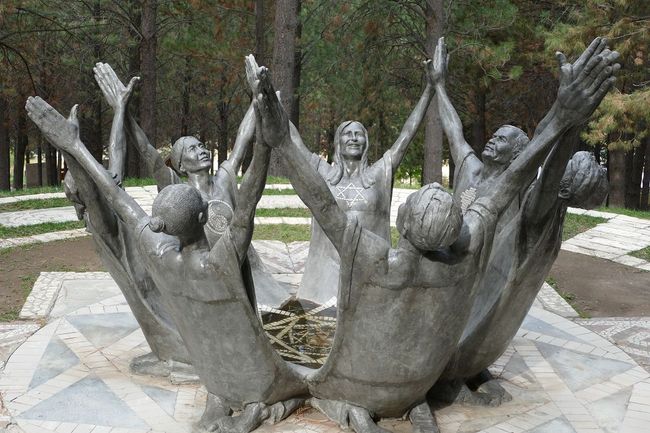
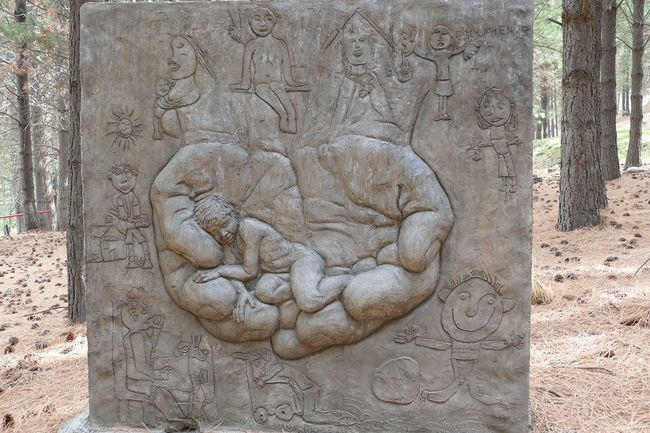
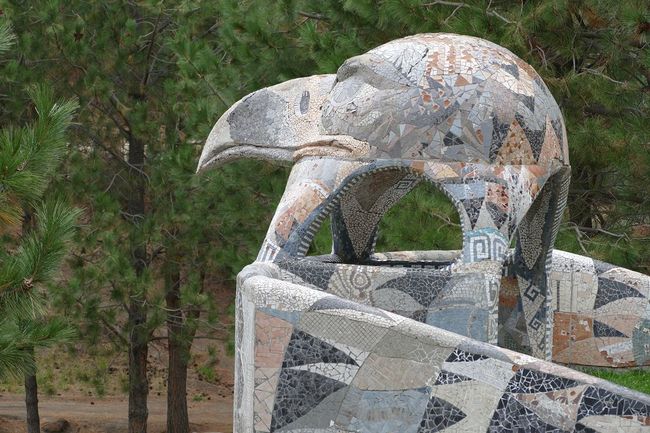
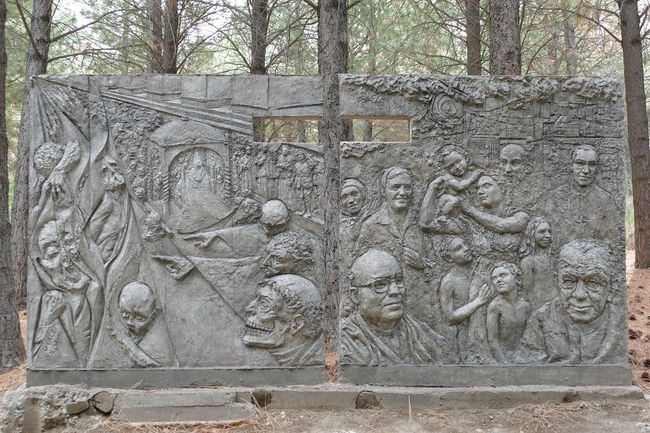
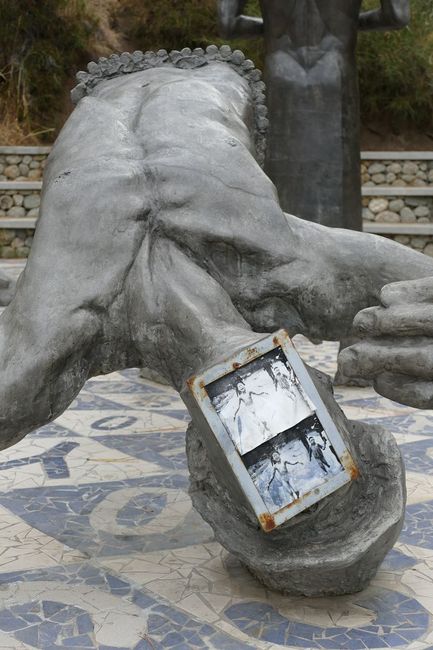
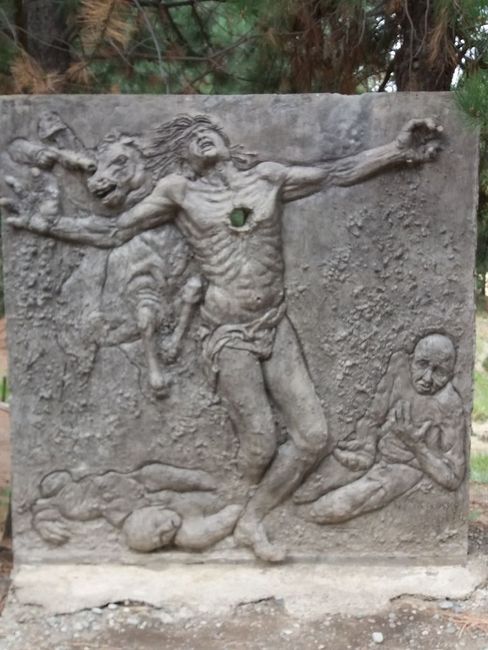
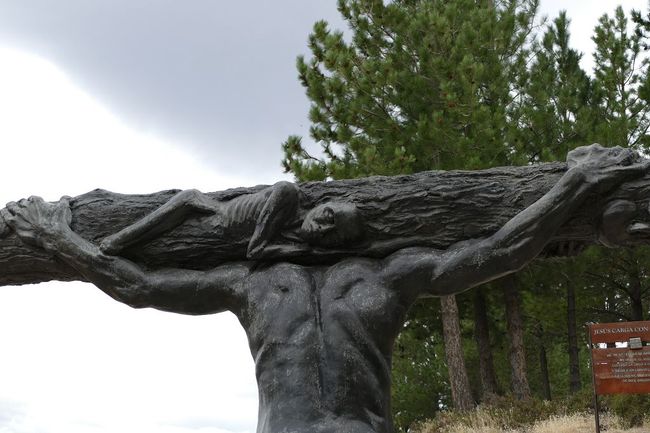
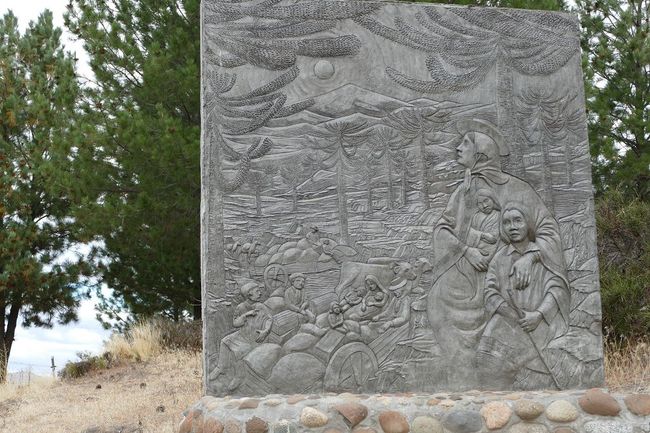
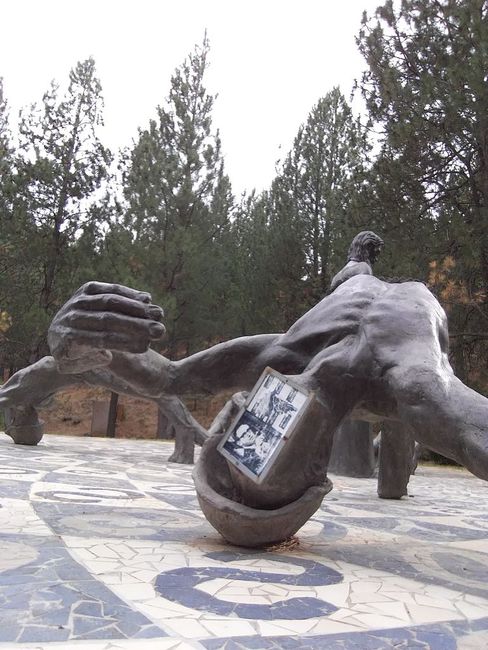
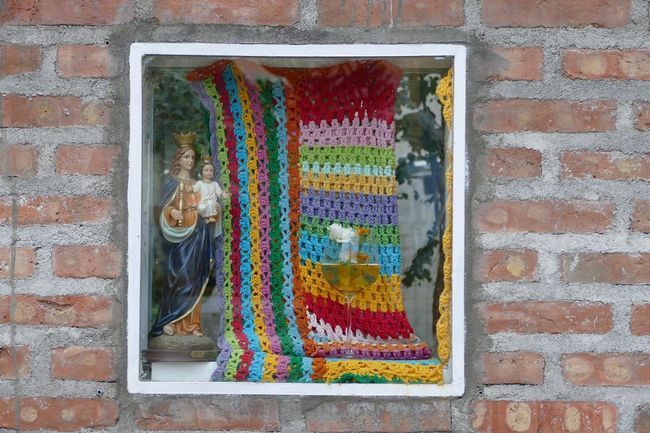
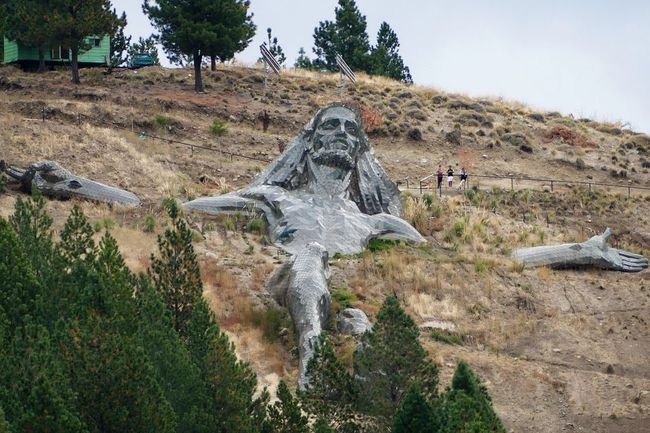
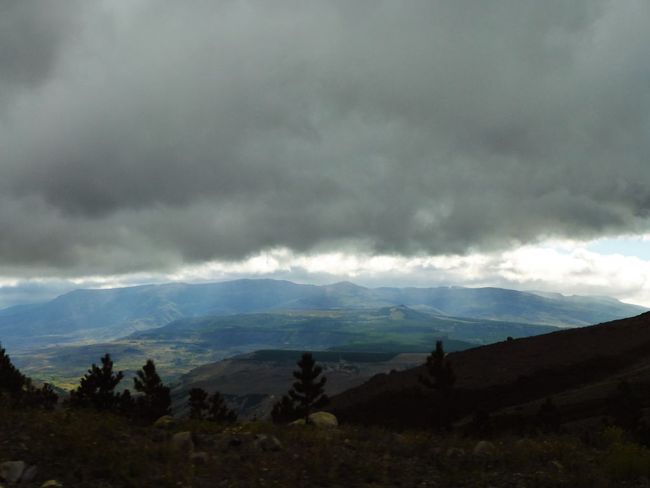
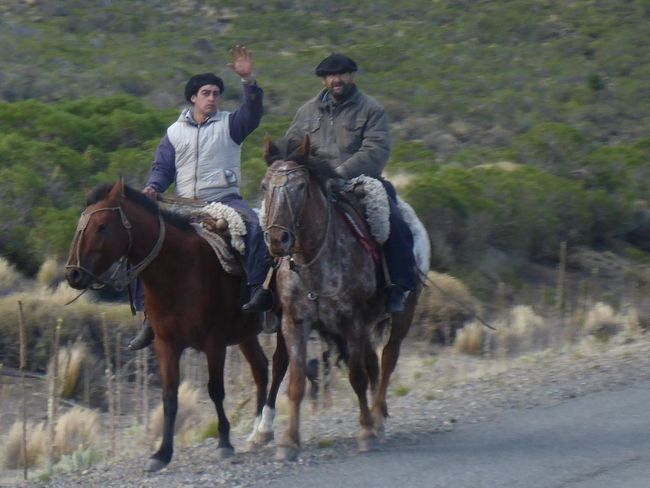
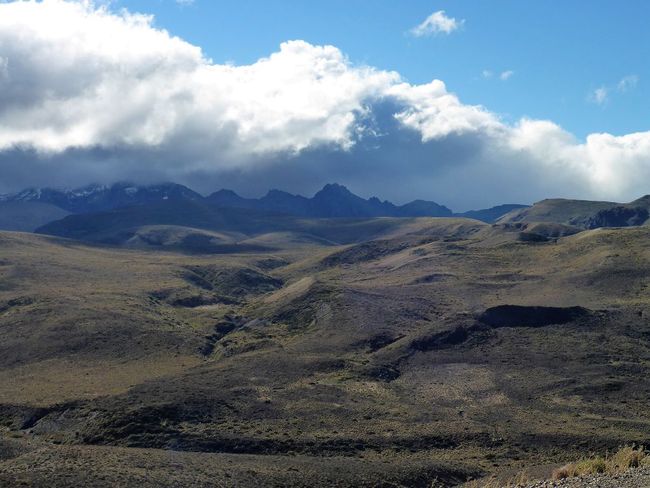
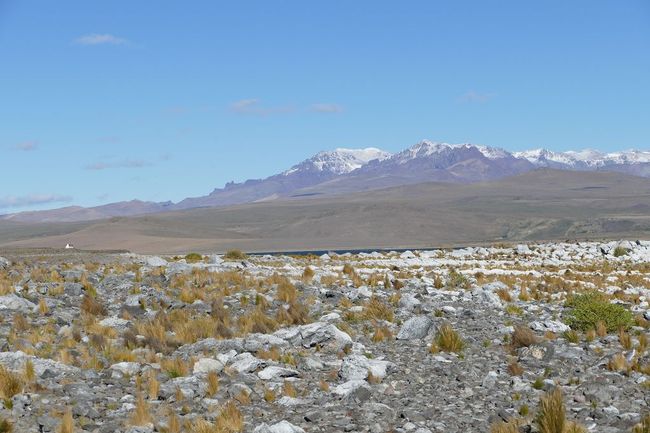
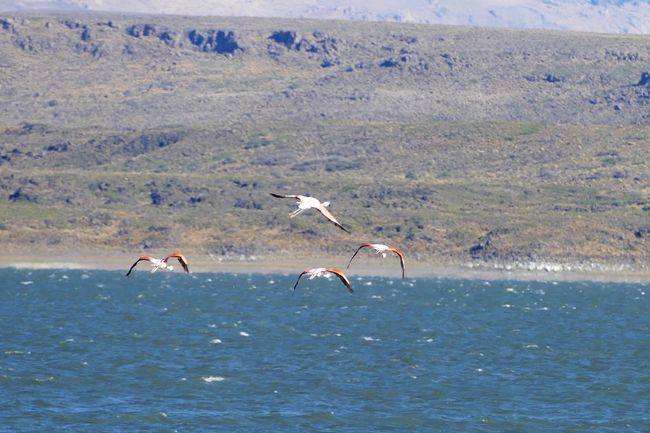
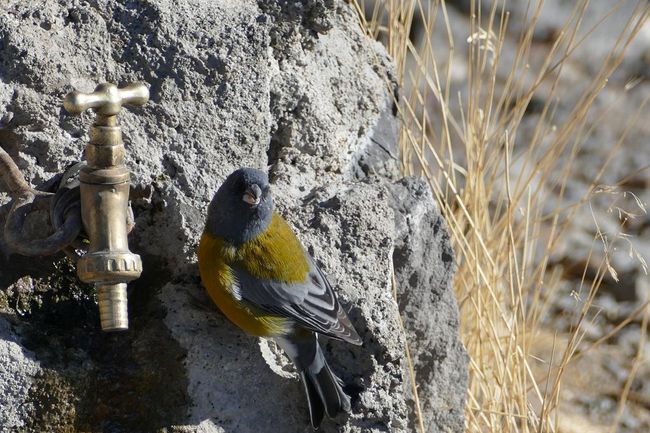
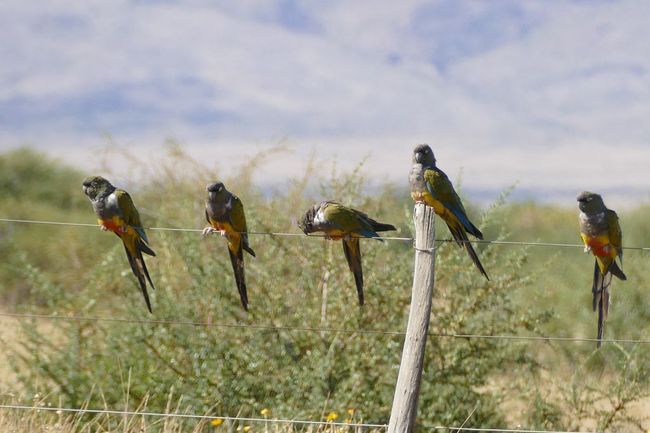
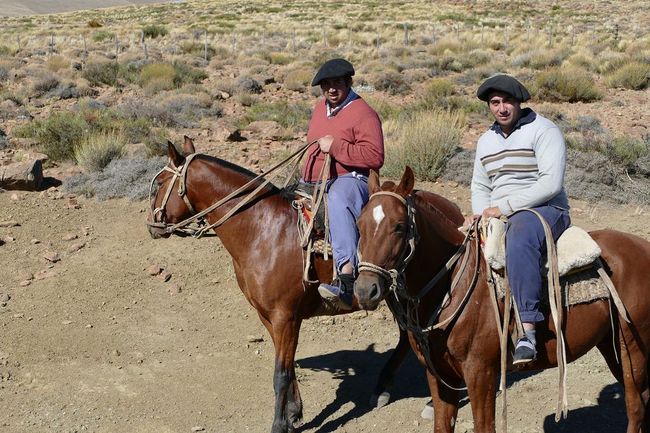
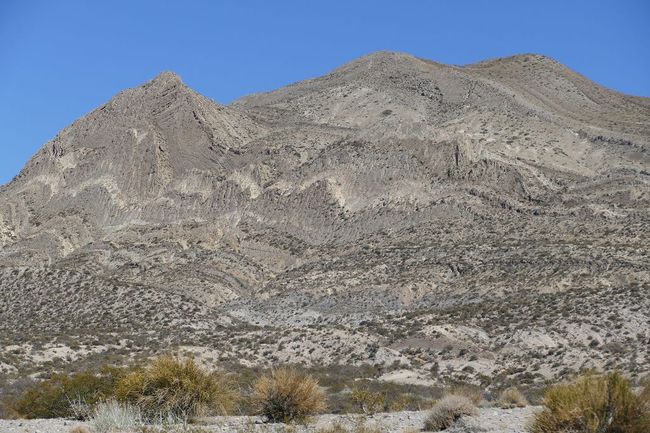
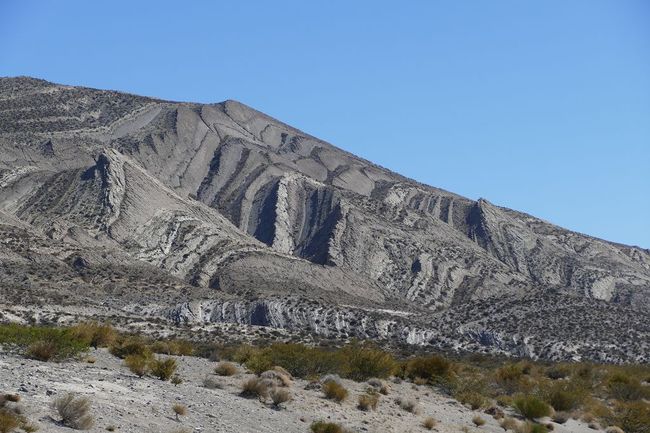
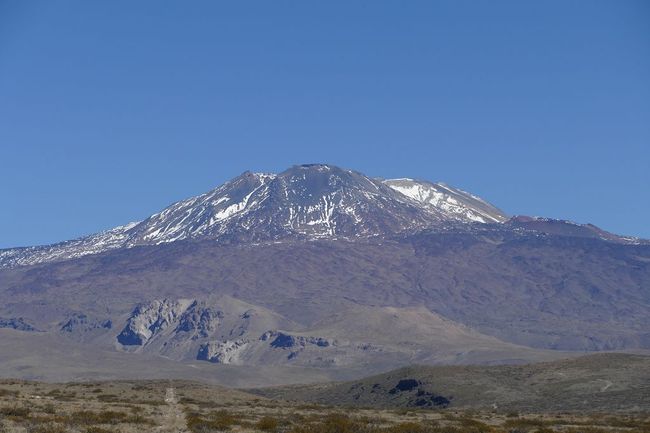
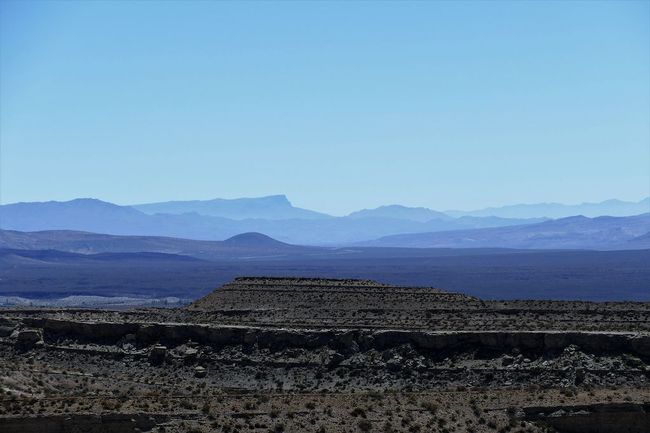
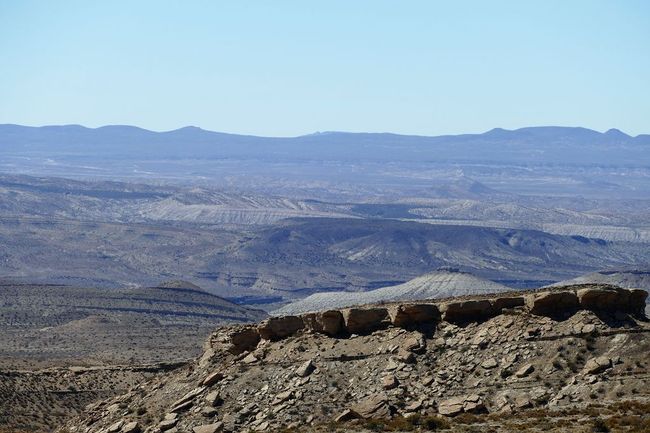
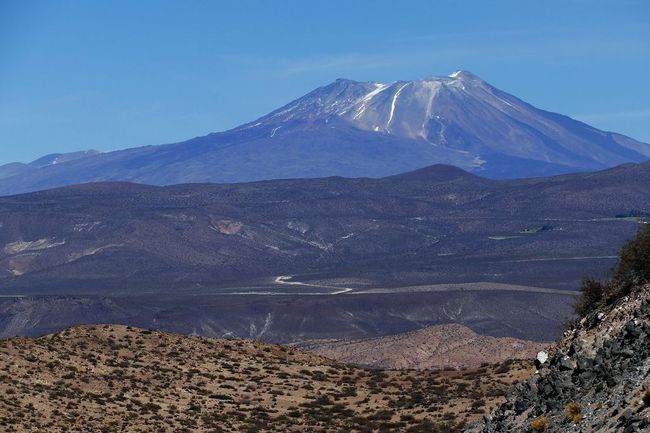
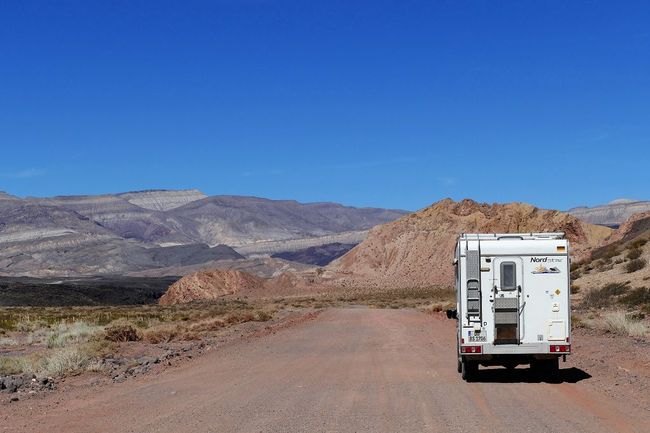
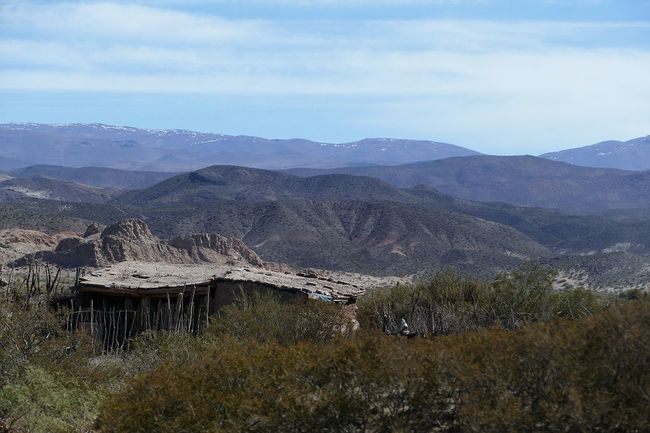

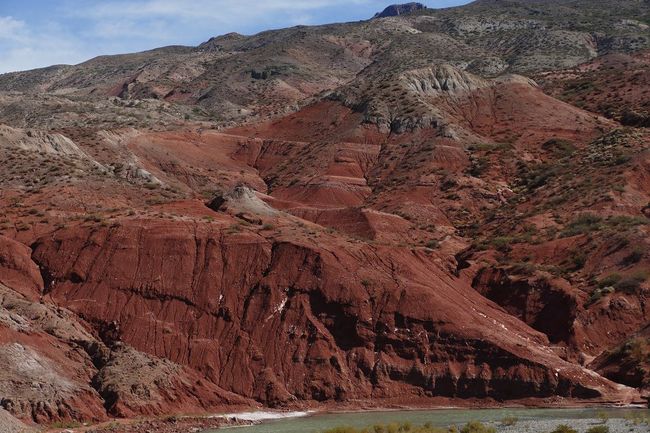
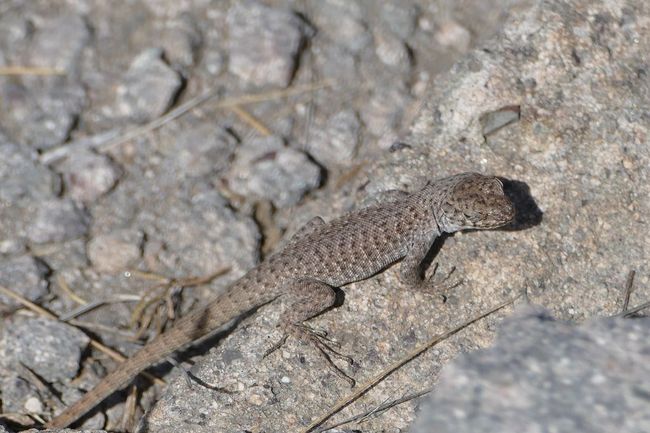
Abonnéiert Iech op Newsletter
We have decided to make some progress now. We have been on the road for almost three months, have experienced and seen a lot, but there is still so much more we want to see and experience. For the first time, we feel that time is running out. We console ourselves with the thought that we haven't booked the return journey yet. After this little "halfway point blues," we head towards El Bolsón, a small mountain town that still attracts the local eco-movement. We stay overnight at a campsite under fruit trees and visit the regular hippie market the next morning. Here, there are homegrown fruits and vegetables, honey, jams, homemade beer, a lot of handicrafts, and even more kitsch. There is even a small food street with fresh, delicious empanadas and fresh fruit juices. The atmosphere is cheerful and relaxed, and we enjoy the colorful hustle and bustle.
Our next destination is the "Siete Lagos" area, the "7 Lakes District" of Argentina. We only pass through the capital of this area, Bariloche. It is said to be worth seeing and is the center of chocolate production, but there have been reports of break-ins and criminal gangs, which somewhat deter us. Therefore, we continue on and spend the night in the peaceful Villa La Angostura. The next morning, we drive onto the famous 7 Lakes Route, which connects all the lakes over approximately 190 km. When we reach the third viewpoint/Kodak point and see the same people who also want to do this tour, we decide to take a side road that may not touch all 7 lakes but is less touristy. We are not disappointed. The gravel road runs along some lakes but also through the Nahuel Huapi National Park, wild Patagonian Andean forests, lonely mountain landscapes, and past bizarre rock formations. We only manage to cover about 150 kilometers on this day because the landscape is so fascinating. We spend the night at a designated parking area in the national park and continue driving through the incredible landscape until Junin de los Andes the next day. During a small lunch, we decide not to continue driving but to visit the Parque Via Christi. Various scenes from the Bible, legends of the Mapuche Indians, scenes of the violent conquest of the land by the Spaniards, and themes of liberation theology have been juxtaposed in a wooded mountain as a kind of Stations of the Cross. Huge bronze sculptures, bas-reliefs, and mosaics create a fascinating overall picture and leave us pensive and impressed in the evening after a few hours.
The next morning, we continue through the Lanin National Park, named after the supposedly most beautiful volcano cone in Argentina, the Lanin, which is 3,766 m high. The weather is rather changeable, and the Lanin is hidden in the clouds, so we can only guess its beauty. However, we can enjoy the beauty of the Pehuén or Araucaria forests found here. We are familiar with this prickly conifer species from a few meager, isolated specimens in front gardens. Here, they are huge and bear nuts that were a staple food of the indigenous people and can only be collected today by the Pehuenches and Mapuches. We have seen some before, but we didn't know what they were. If we see them again, we will try them and test if they are suitable as staple food.
We continue driving through the beautiful landscape, always heading north, and we set our goal for the evening to be Laguna Blanca. This lagoon is located in another national park in a barren volcanic landscape and is considered a great place for bird watching. We register at the administration and apparently interrupt some kind of training. But it's no problem; at least all the rangers in the area now know that we will be staying at the lagoon tonight. We take a few steps along the lagoon in bright sunshine and deep blue sky, but we only see some Coscoroba swans, and the icy wind quickly drives us back to the Dub. Clouds are gathering over the mountains, but the lagoon is still sunny. It turns out to be the stormiest night on our trip so far. Winds blow down from the Andes and sweep across the plain and the lagoon, shaking and pulling at our cabin, making us quite uneasy. We leave the rear stabilizers down to stabilize the camper, which helps a little, but we still spend a restless night. The next morning compensates with a great sunrise (truth be told, we admire it bundled up in our bed from the window before we snooze for another round) and a flock of flamingos.
Now we really want to make some progress. The plan is to drive as far north as possible on Ruta 40 today. And we manage to reach our destination, Chos Malal, but we only find time to look for a place to sleep in the dark. The first option, a free site outside the city next to a river, is not an option - young people are gathering here for their evening activities. Although we have gotten to know the young people here as friendly and polite, we prefer to avoid a night full of parties, music, and laughter. The second option, a small park with barbecue areas next to the Camping Municipales, looks perfect at first, but then we realize that it is adjacent to a pasture, and cattle are being loaded there tonight. Trucks arrive, are loaded, cattle moo, engines rumble - also not an atmosphere to spend the night. So back into the city, a quiet street on the outskirts offers a small parking lot, seemingly made for us, in front of a little house next to a stream. Can we park here? Luckily, an old man with his mate tea is sitting in front of the house and assures us that it is completely fine and quiet, and there is a policeman living in the neighboring house, so it is safe, and we can also use his bathroom. Thankfully, we don't need that, but being so warmly received, we sleep peacefully.
On the next day, the plan is once again: 'Make progress.' And we almost succeed. We miss a turn and end up on a secondary road parallel to Ruta 40, of course, with gravel and washboard. But the landscape is so incredibly beautiful that we don't even think about returning to Ruta 40. By accident, we have ended up in one of the most spectacular areas of Argentina; over 800 volcanic cones, the highest concentration worldwide, have created a breathtaking landscape where we enjoy making progress at a leisurely pace with many photo stops.
Abonnéiert Iech op Newsletter
Äntwert (3)
Petra
Halbzeit!! ??. Die Zeit vergeht so schnell. Freue mich aber auch wenn ihr wieder zurück seid. Kerstin
Tolle Bilder, traumhafte Landschaft! Und dem Dubs geht es auch gut, hält alles ☺? Ich dachte immer, dass ihr ein Jahr unterwegs seid, kommt ihr nach 6 Monaten nach Hause? Dann ist Halbzeit ja schon komisch. Euch schöne Ostern in Südamerika! LG Barbara
Hallo Ihr Zwei, unglaublich schöne Landschaft, manchmal bin ich ein bisschen neidisch. Aber mit dem Finger auf der Landkarte reise ich mit.